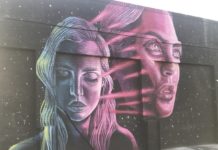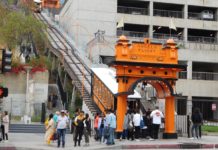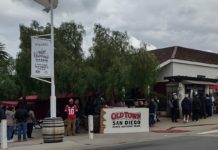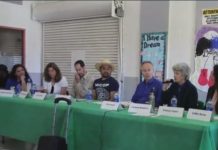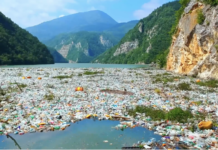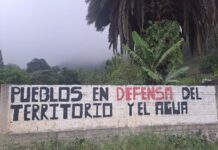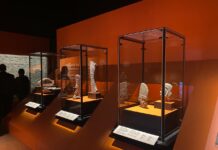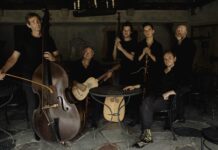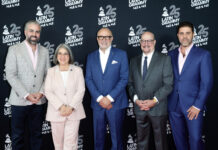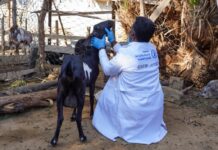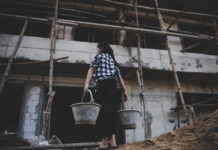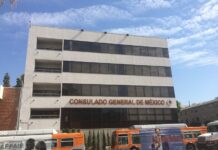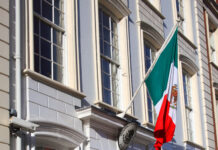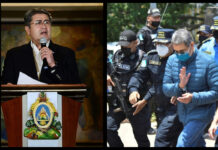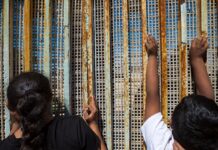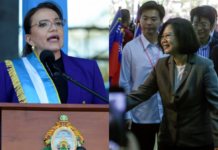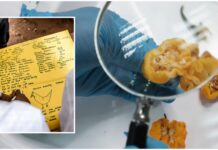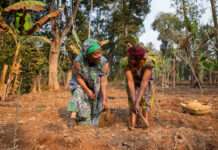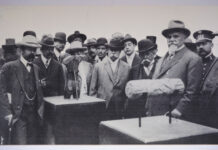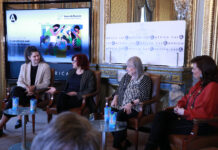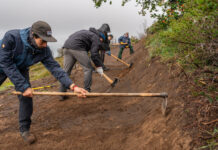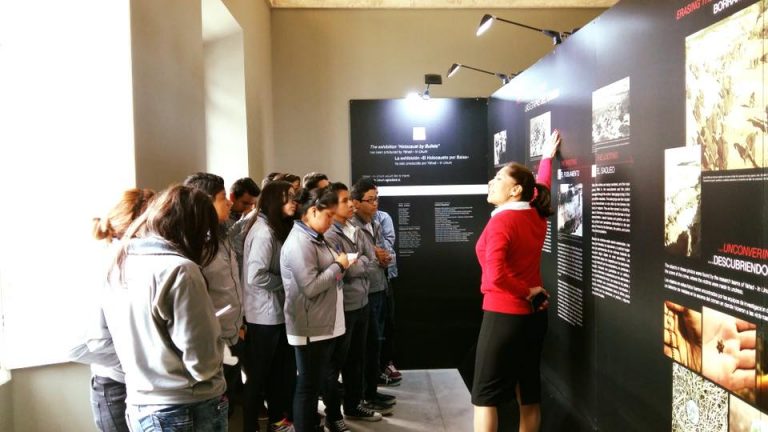
Para la versión en español, haga click aquí
Marco González was born and grew up in Guatemala, in the home of a Protestant family who believes that Jews are the special people of God and that anything that can be done for them is a blessing.
His studies in France led him to work with the organization Yahad – In Unum, founded by Father Patrick Desbois in 2004. Yahad – In Unum means Peace in Hebrew and Latin and it is dedicated to identify and document the sites were Jews and Gypsies in Eastern Europe were killed and buried during World War II.
«Across Eastern Europe, Jews were not deported to concentration camps or sent to gas chambers but they were captured in their villages, shot and left in a mass grave,» said Gonzalez, who is the actual director of Yahad – In Unum.
To locate those graves, members of the organization, many of them of Guatemalan origin as well, have worked to collect the testimonials from about 5,000 people who witnessed the massacres. All findings are publishing it on its website so families of Jews who died in these places can know what happened to them.
So far they have covered 60 percent of the former Soviet Union’s territory and they are working faster to achieve their goal before the witnesses who tell the stories die.
«After that, it’s up to the new generations not to forget these memories and pass them on to the coming ones,» Gonzalez said. «It is our responsibility to be able to do so.»
A Holocaust museum in Central America
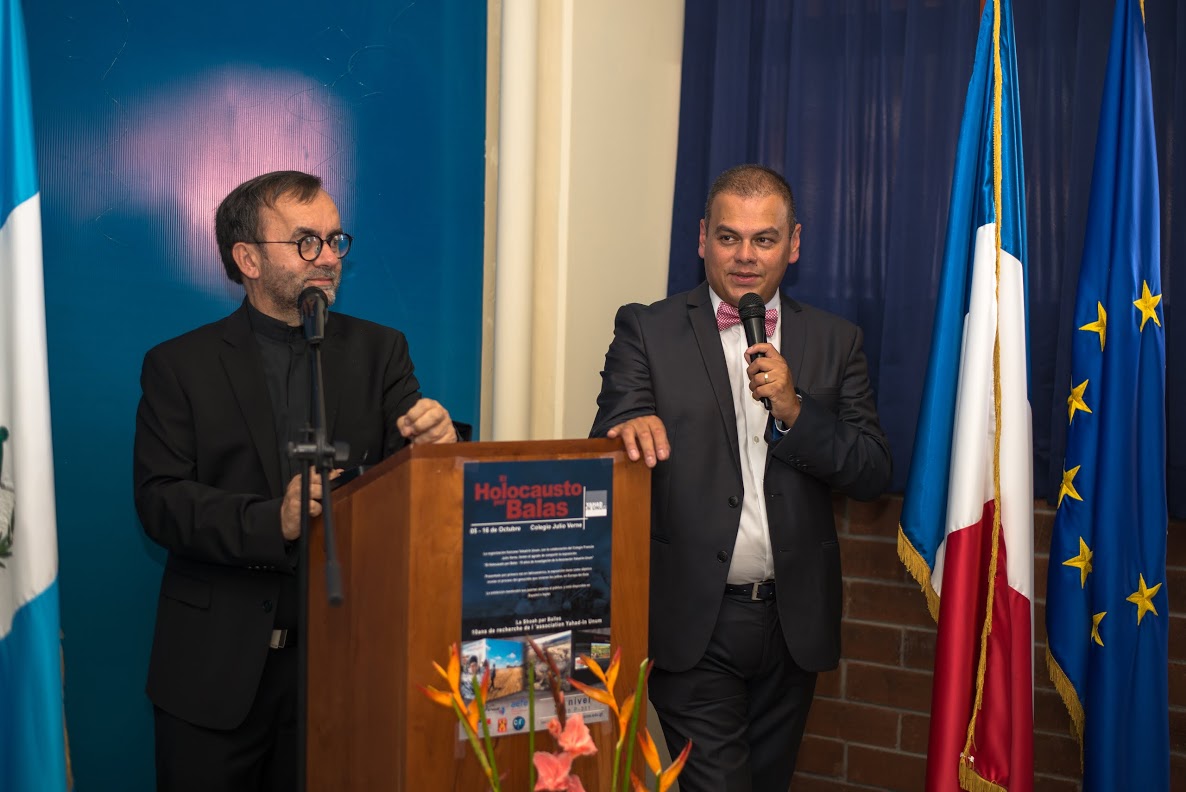
One way to convey that story was shared it with the Central American community, especially in Guatemala. That was Gonzalez’s reason to establish the first Holocaust museum in Guatemala, which will open in early 2017.
Although there are other museums of tolerance in South America and one about love and tolerance in Mexico, Gonzalez noted that there is not one that tells the story of these events in Eastern Europe.
«I think the Holocaust that happened during World War II in Eastern Europe it’s a universal story,» said Gonzalez, who is in charge of the museum as well. «Although we are not Jews, although we are not Europeans, I think we should be interested to learn from that story so it does not happen again.»
In addition to serving as educational place for the residents in Guatemala and Central America, another goal is that the museum becomes also a documentation center where people can access the testimonies that have been collected so that people can search and work on it.
«The idea is, precisely, to bring a message of peace through education about this part of history and what happened against the Jewish people, against the gypsies,» he said.
Gonzalez also believes in teaching the new generations about that fact to help young people understand that such violent acts should not happen today.
«Because, unfortunately, there have been many other genocides or violent acts of mass like Rwanda, Cambodia, after the Holocaust”, said Gonzalez. “The massacres that were committed in Guatemala and Latin America during the 80s’s military dictatorships, are not only a story from the past, «Gonzalez said.
A story that travels around the world
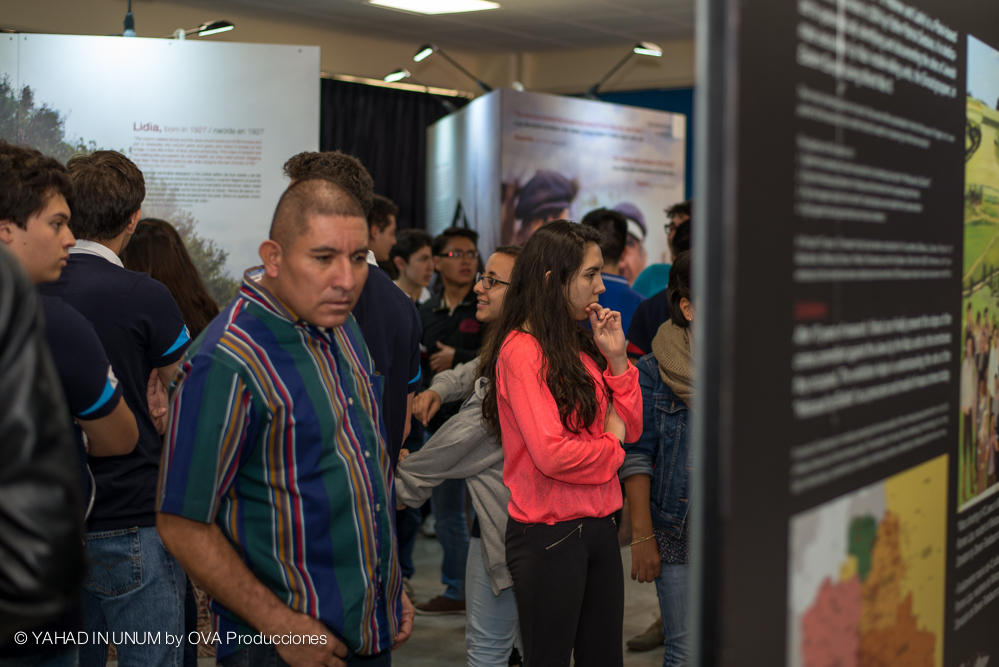
But besides the museum, Yahad – In Unum has created a itinerant exhibition, «Holocaust by Bullets» which chronicles the genocide in Eastern Europe. It has traveled throughout Europe, gone to Guatemala and it is currently in the United States. Los Angeles was the first city where the exhibition started its journey around the country and it is currently in Pittsburgh (Pennsylvania).
«We want this exhibition to also reach Hispanics because we want them to feel interested in learning this part of history and we want also this work to be accessible to them,» Gonzalez said, noting that the work it is shown in English and Spanish.
In Guatemala, the exhibition was more successful than expected, especially among the general public and the small Jewish community living in the country. In addition, about 5,000 public school students have seen the exhibition.
In that regard, Gonzalez said that the Ministry of Education in his country is interested in including this subject in the educational curriculum at the secondary level. To this end, they have trained more than 800 teachers about the Holocaust.
«It’s something we can learn from the past to fight today against tomorrow’s violence and genocides and tomorrow,» Gonzalez said.
«We especially want people to understand all these crimes committed in the past, learn from this story so today we can impact society by arming young people to take these lessons from the past and apply them today to take good decisions in favor of society,» he said.


